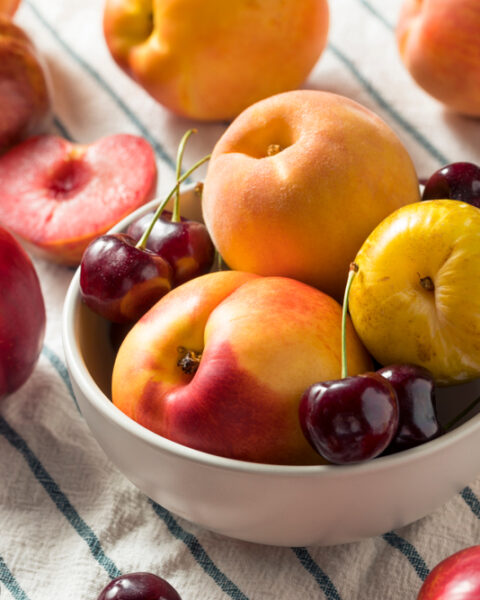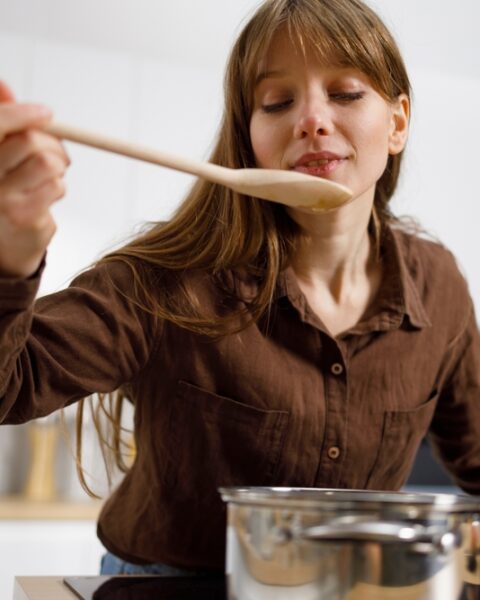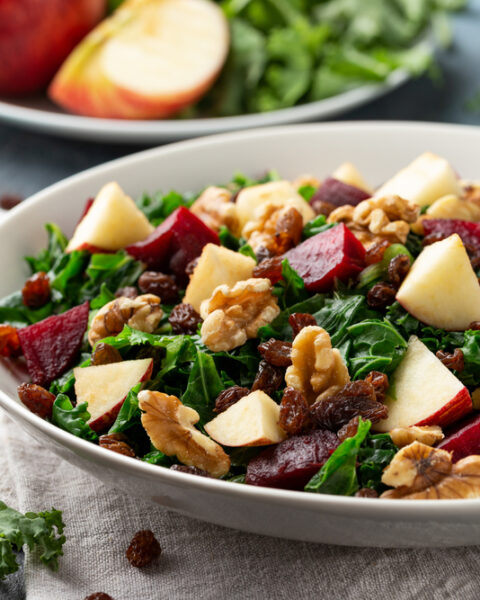Fiber is an essential nutrient that plays a crucial role in maintaining good health. It helps regulate digestion, promotes heart health, and can even aid in weight loss. While many people associate fiber with whole grains and vegetables, there are plenty of high-fiber carbs that can be incorporated into a healthy diet. In this article, we’ve consulted with a registered dietitian to bring you the top 10 best high-fiber carbs to eat. From fruits to grains and everything in between, these fiber-rich foods are not only nutritious but also delicious. So, let’s dive in and discover the best high-fiber carbs to add to your diet today!
Contents
Whole Oats:
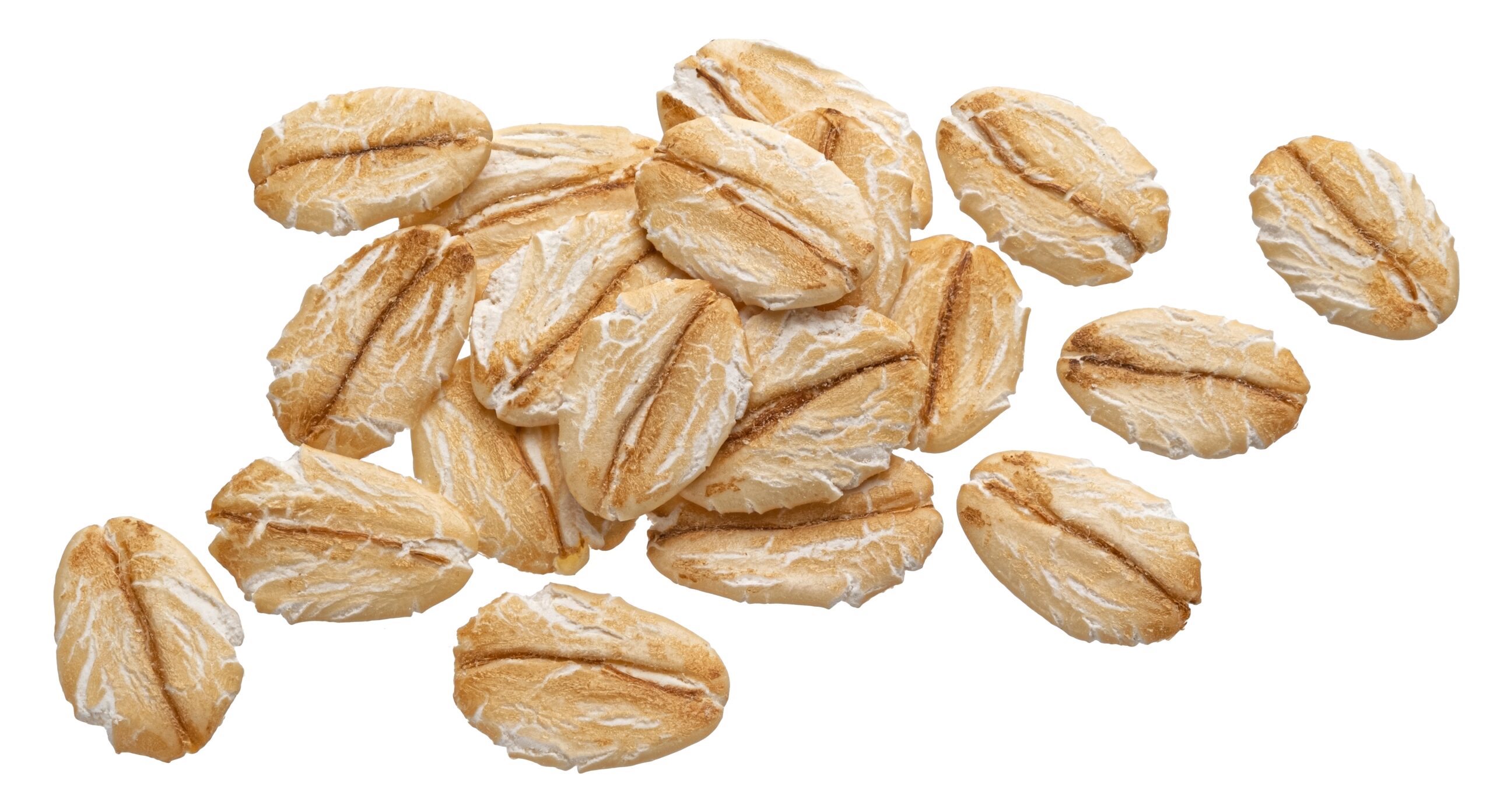
A bowl of whole oats isn’t just a breakfast staple; it’s a nutrition powerhouse. Oats are a great source of soluble fiber, especially beta-glucans, which are known to reduce bad cholesterol levels. Regular consumption of oats can help stabilize blood sugar levels, making it an ideal food for those with diabetes.
Quinoa:
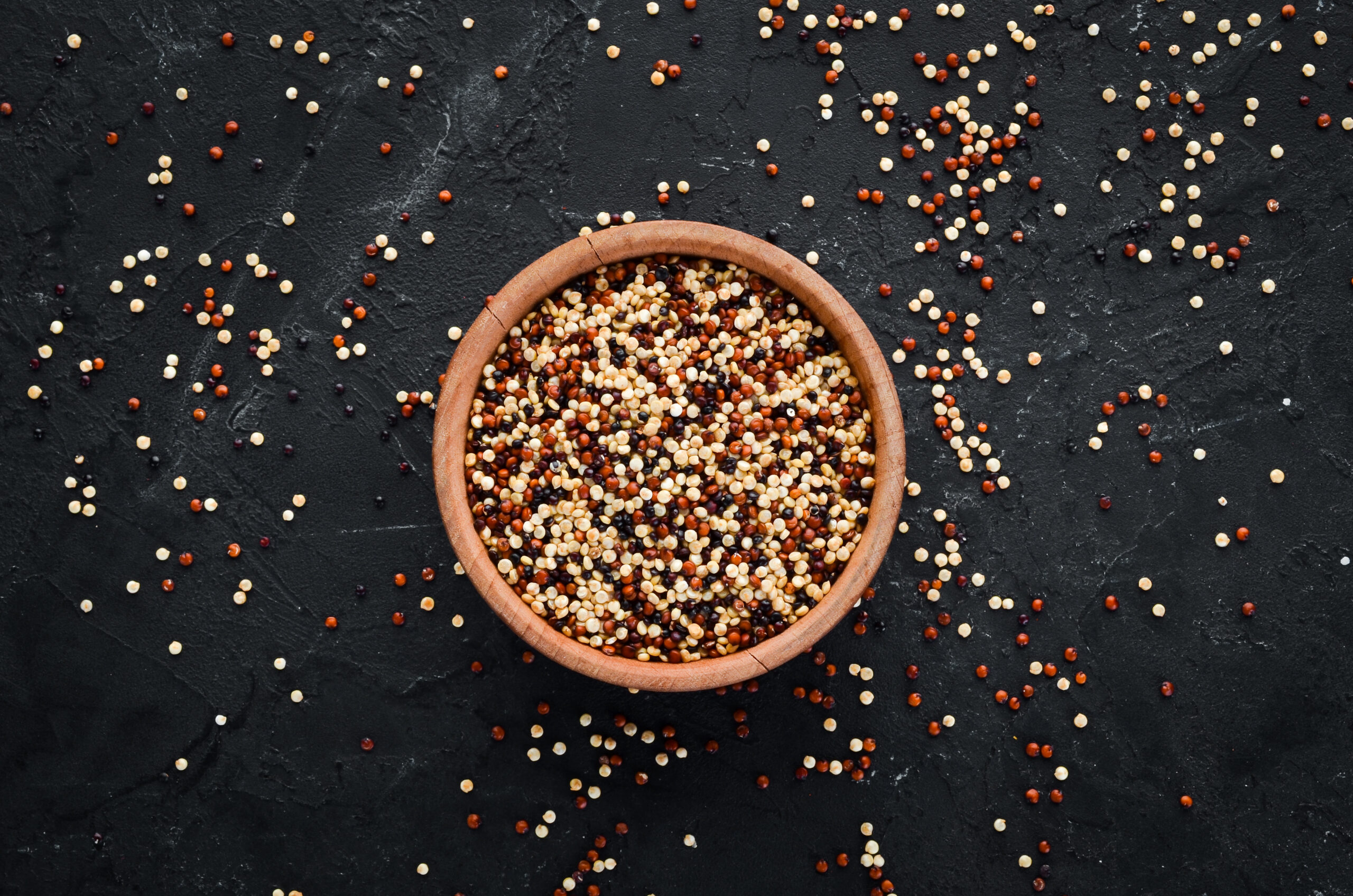
Hailing from South America, quinoa is often dubbed a “super grain” for good reasons. It’s rich in both protein and fiber, making it a satiating option for meals. Moreover, it’s gluten-free, which is beneficial for those with gluten sensitivities.
Barley:

This ancient grain is not just for soups and stews. Barley contains a generous amount of insoluble fiber, promoting a healthy digestive system. It also has a low glycemic index, gradually releasing sugar into the bloodstream and ensuring sustained energy.
Lentils:
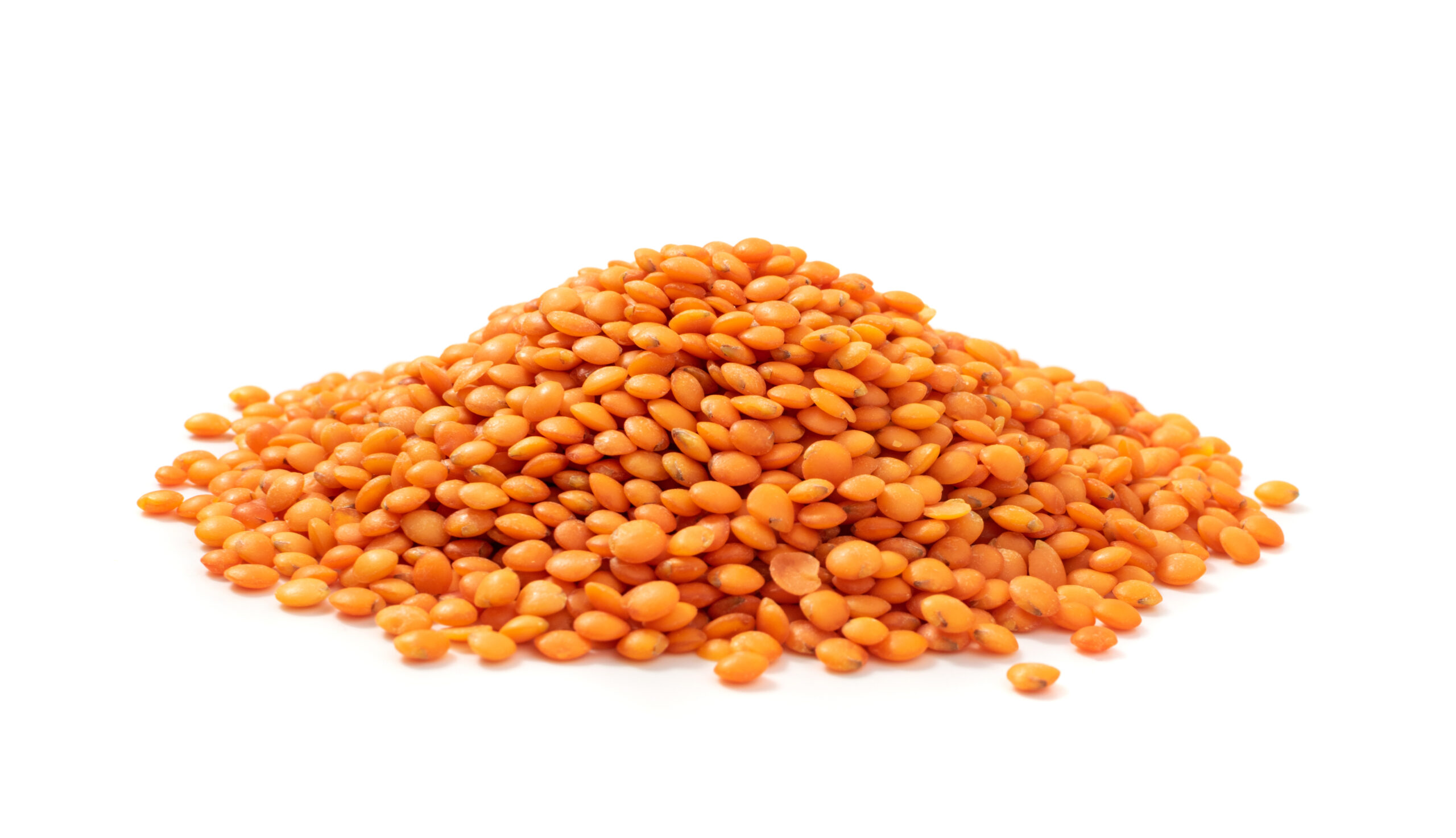
These tiny legumes pack a significant punch. Lentils are not only rich in fiber but also in protein. They are versatile and can be added to salads, soups, or stews. Their high fiber content helps in managing blood sugar levels, making them an excellent choice for a balanced meal.
Chickpeas:
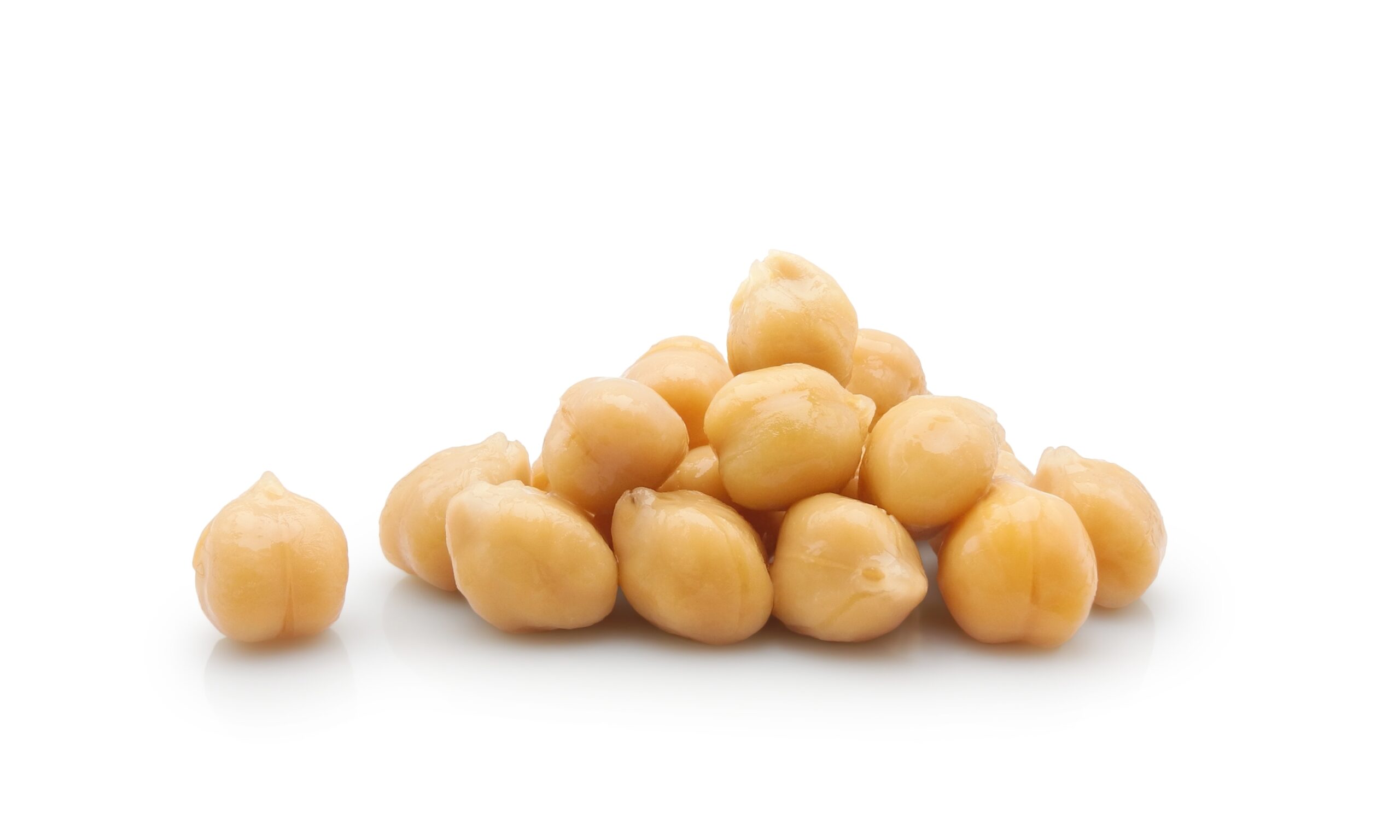
Also known as garbanzo beans, chickpeas are a versatile ingredient that can be transformed into dishes like hummus or added to salads. They provide a substantial amount of fiber and protein, assisting in maintaining good digestive and heart health.
Black Beans:
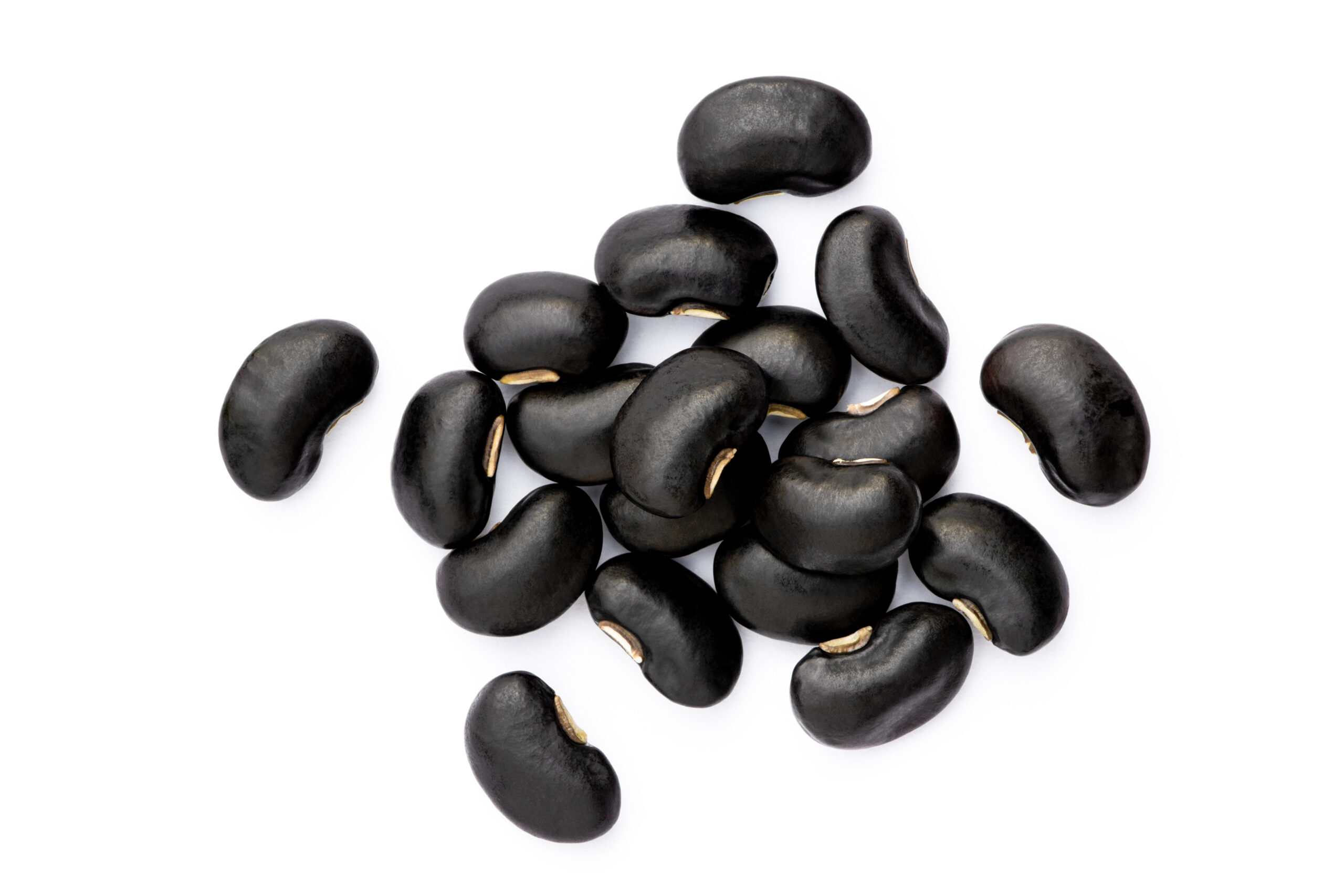
Another legume on the list, black beans, are a delicious and hearty addition to any meal. Their dark color indicates a high concentration of antioxidants, and their rich fiber content aids digestion and promotes gut health.
Broccoli:
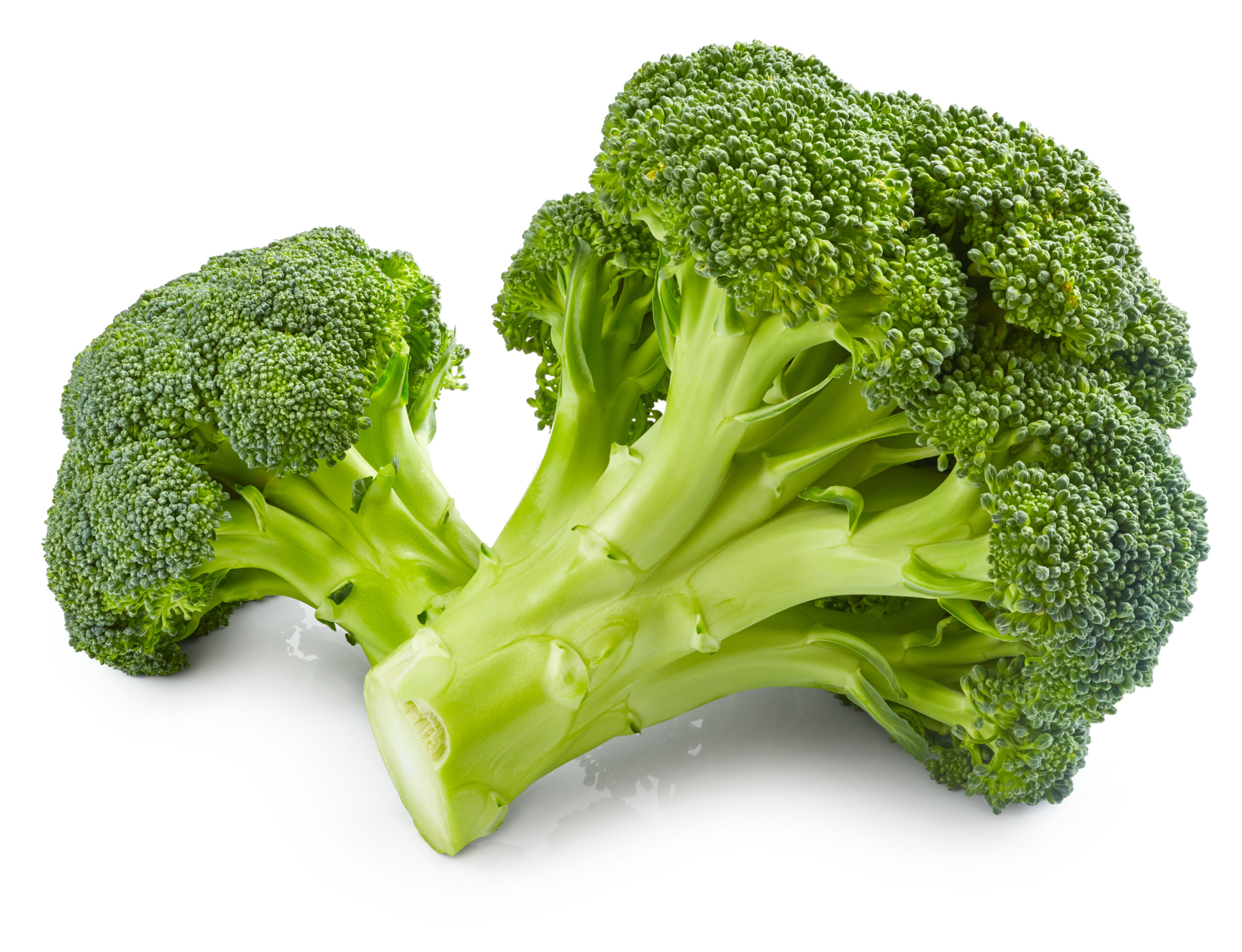
This green vegetable is a carb source that’s brimming with dietary fiber. Additionally, broccoli offers a range of vitamins and minerals, including Vitamin K and C. It’s a crucifer
Sweet Potatoes:

More nutritious than their white counterparts, sweet potatoes are a rich source of dietary fiber, especially when consumed with their skin. They’re also loaded with vitamins A, C, and E, along with antioxidants that support overall health. Their naturally sweet flavor means they can be incorporated into both savory and sweet dishes, providing a hearty and nutritious base.
Whole Wheat Pasta:
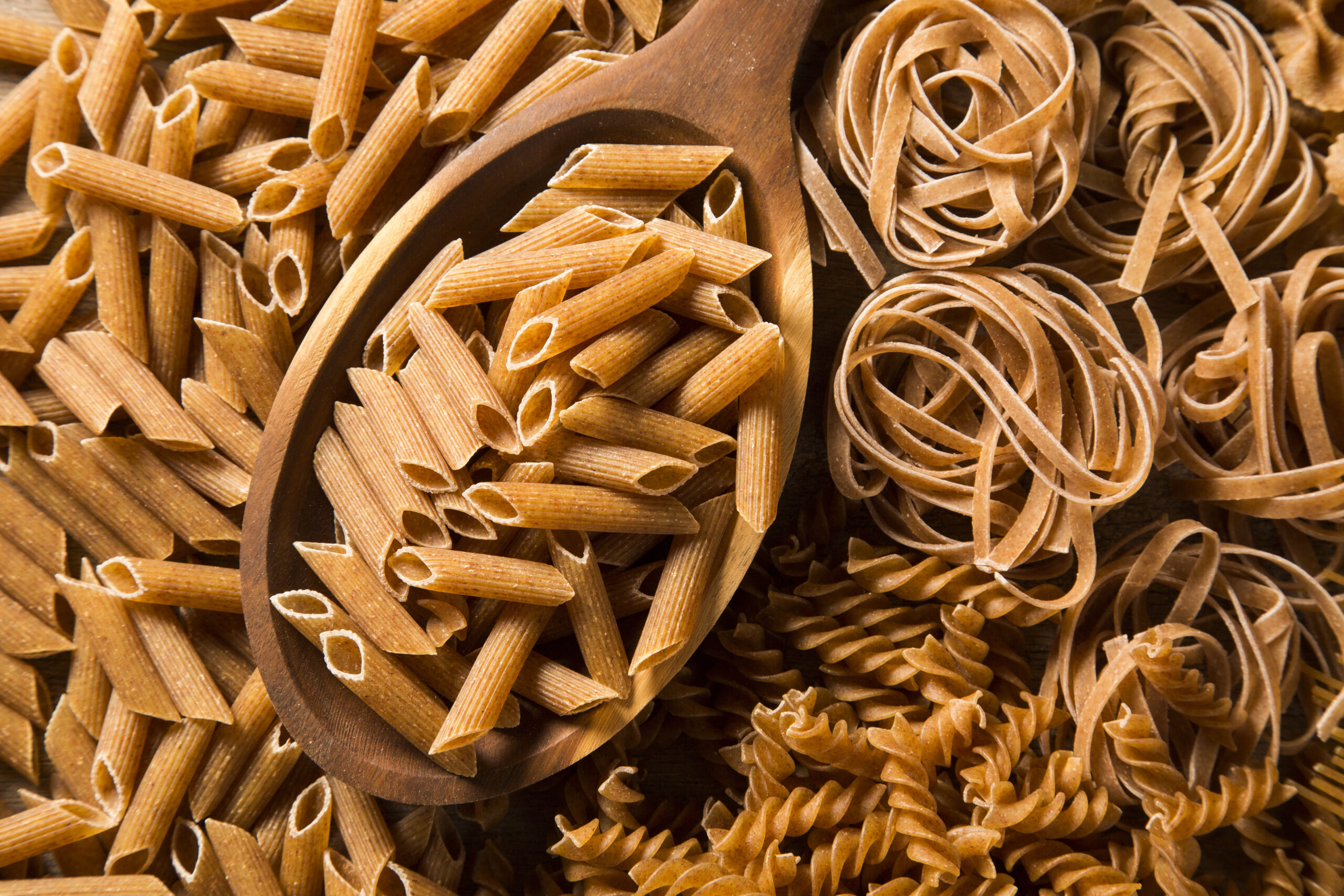
Swap out the regular white pasta for its whole wheat version, and you’ll notice the difference in your digestion. Whole wheat pasta retains all parts of the grain – the bran, germ, and endosperm, ensuring that the maximum amount of fiber and nutrients are retained. The complex carbs in whole wheat pasta are digested slower, which provides a steady source of energy and helps in maintaining satiety.
Chia Seeds:

While not a traditional carb like grains or legumes, chia seeds are an excellent source of fiber. These tiny seeds absorb water and expand in the stomach, helping one feel full for longer. They can be sprinkled over smoothies, oatmeal, or made into a delicious pudding. Apart from fiber, chia seeds are also rich in omega-3 fatty acids, which are beneficial for heart health.
More from AisleOfShame
The Endless Feast: 10 Foods That Never Expire
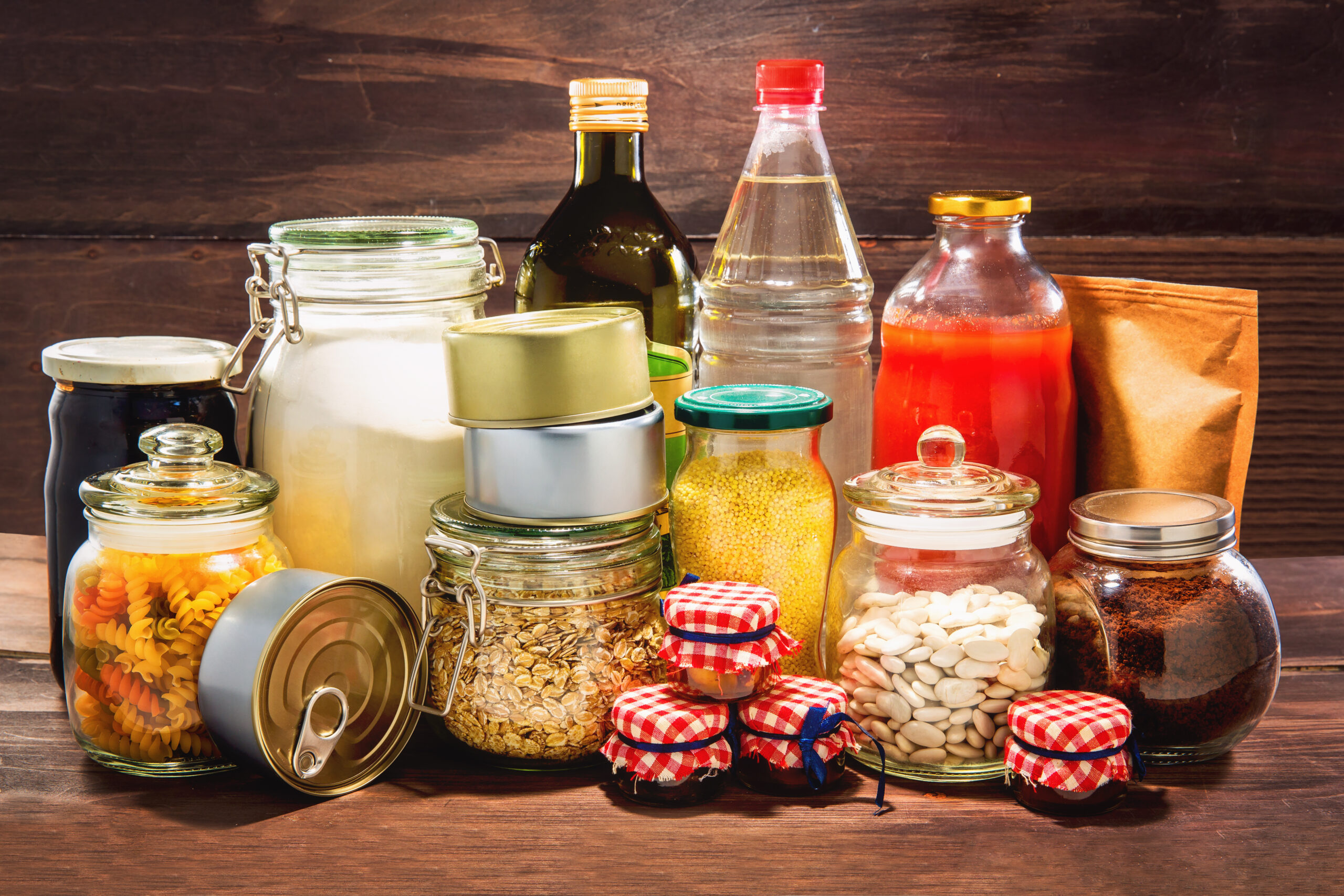
When it comes to stocking up on food for emergencies or long-term storage, it’s important to choose items that will last.Read more.
Avoid These 10 Breakfast Foods for a Healthier Start

By making smarter choices and avoiding these foods, you can set yourself up for a healthier, more energized day. Read more.
Simplify Your Cooking: 10 Slow-Cooker Recipes That Are Almost Effortless
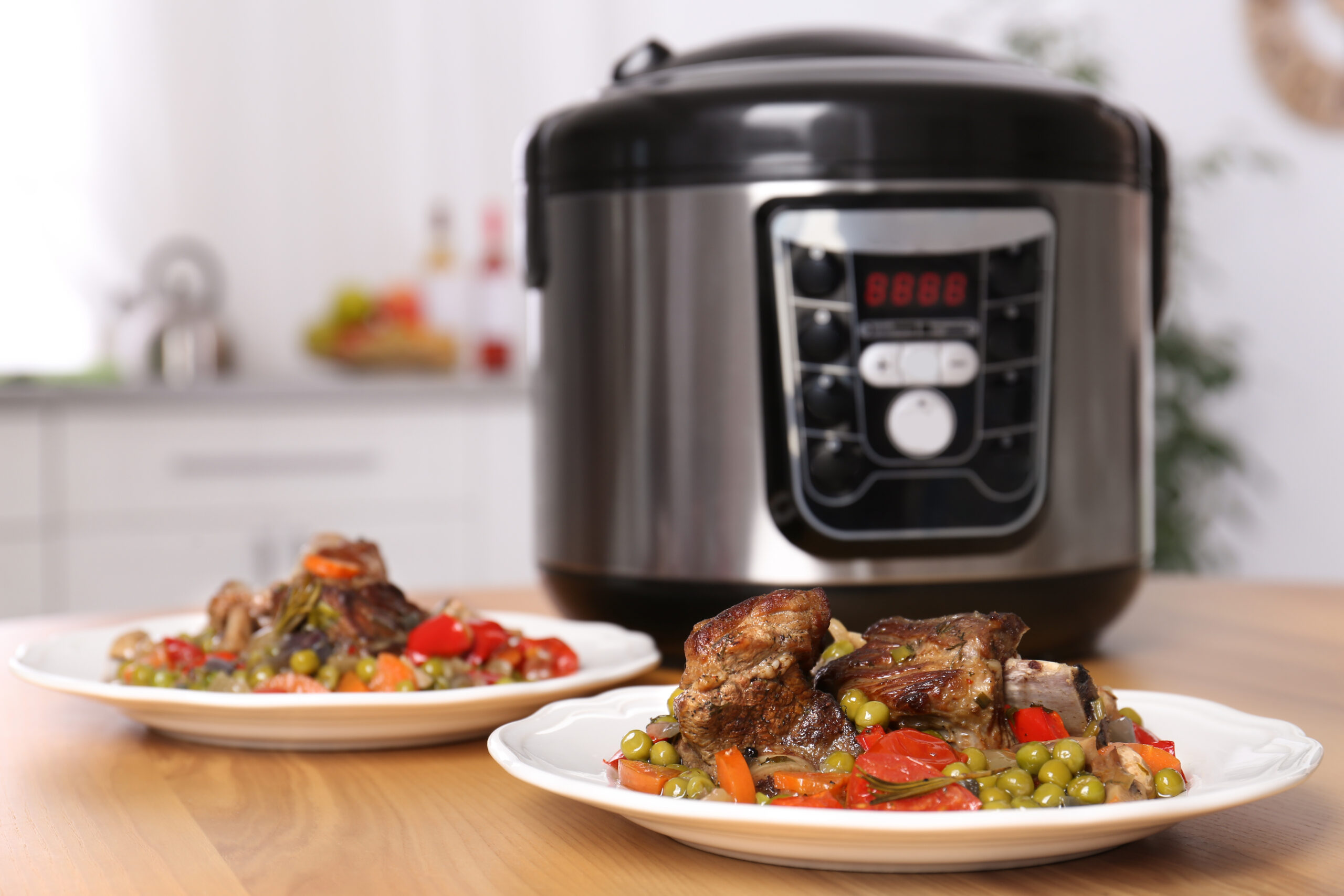
From hearty stews to tender meats, these recipes are easy to make and require minimal cleanup. So sit back, relax, and let your slow-cooker do the work for you. Read more

